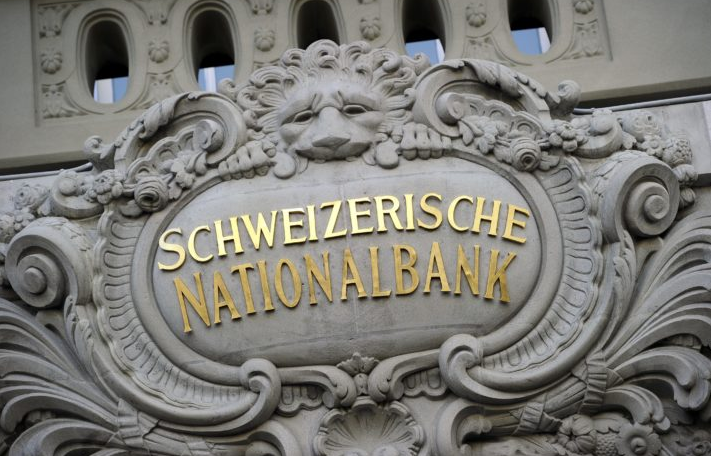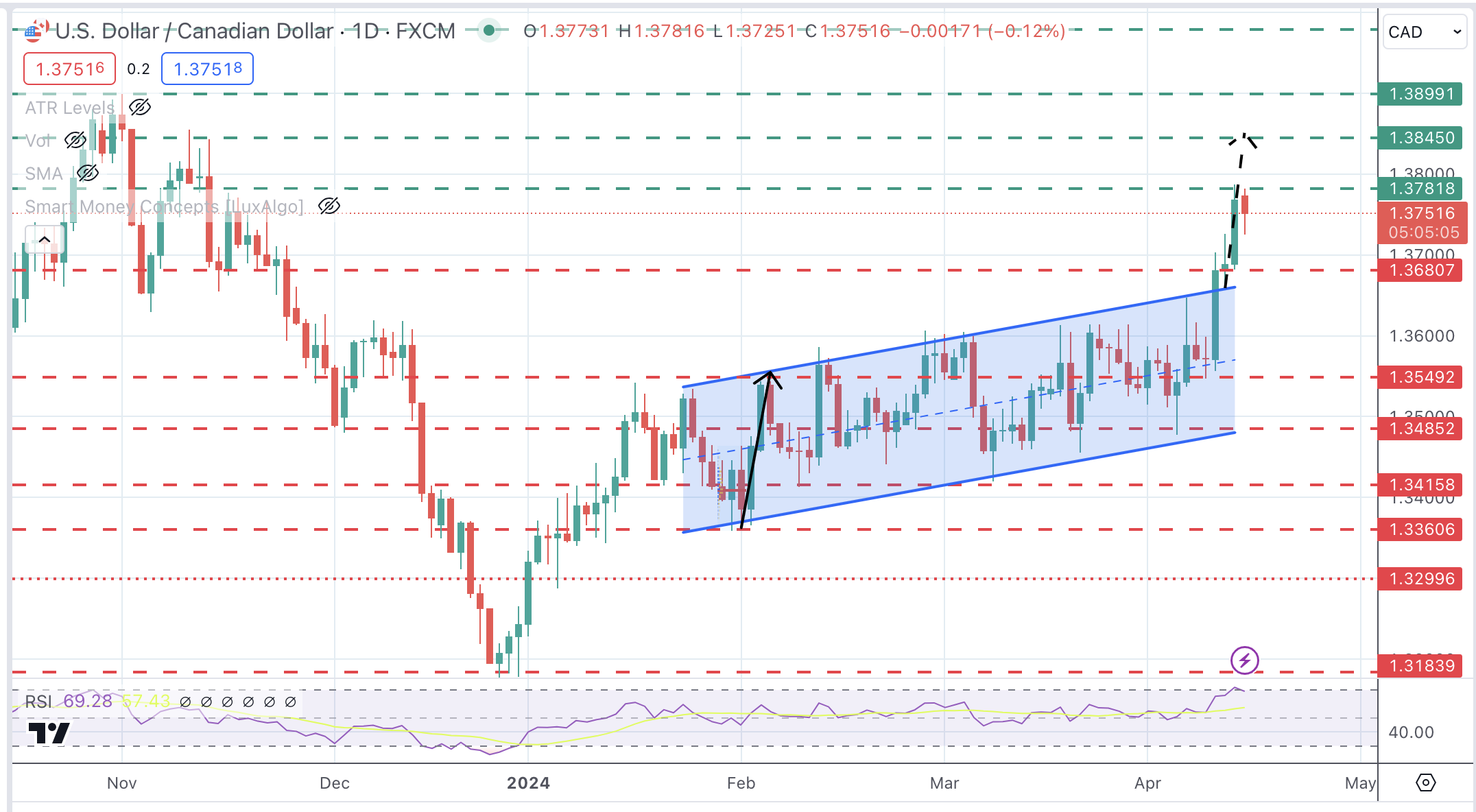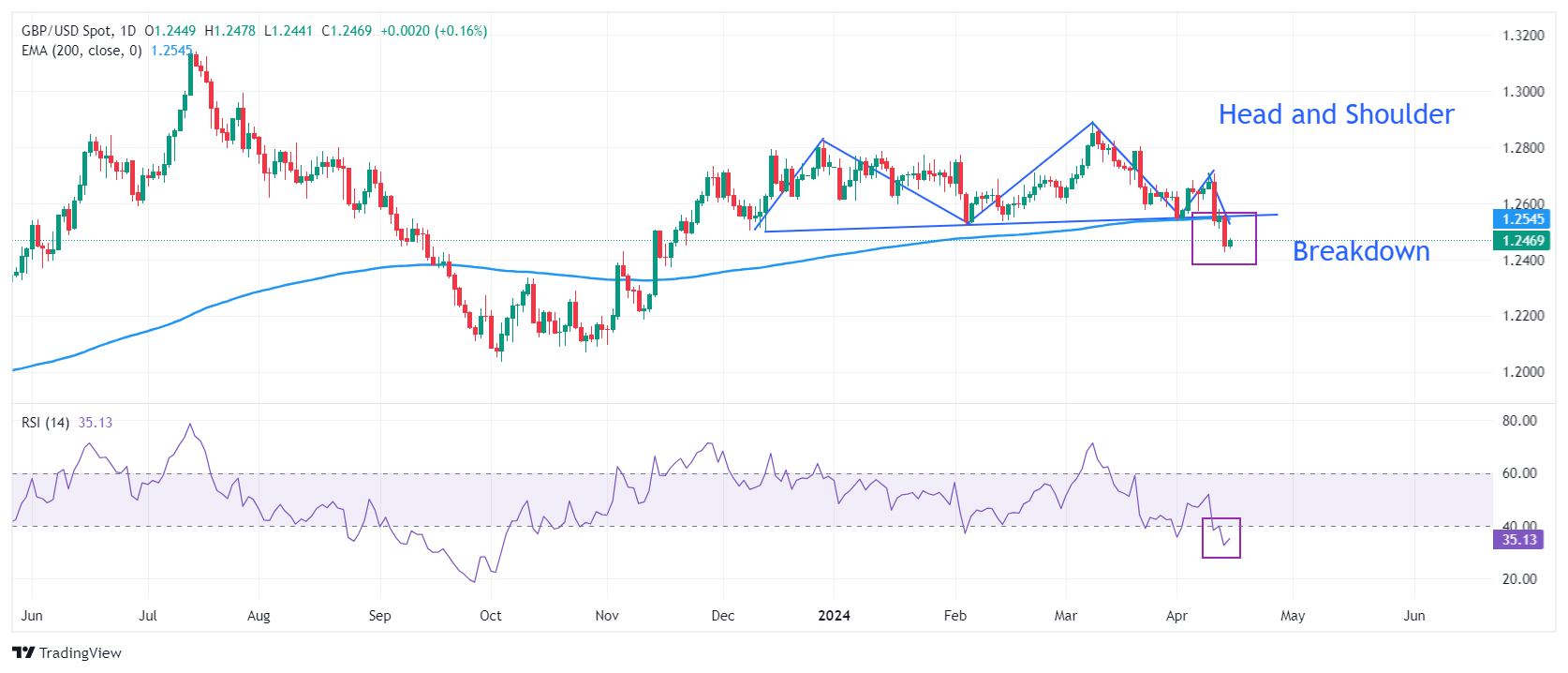 The current monetary environment in Switzerland is as far from ordinary as can be imagined: negative interest rates (from -0.75% in the short term to -0.25% for 50Y govt bonds) and oceans of liquidity (M0 has grown to 50% of M3 from pre-crises levels of around 8%).
The current monetary environment in Switzerland is as far from ordinary as can be imagined: negative interest rates (from -0.75% in the short term to -0.25% for 50Y govt bonds) and oceans of liquidity (M0 has grown to 50% of M3 from pre-crises levels of around 8%).
The Swiss National Bank faces criticism because it is seen as contributing to this state of affairs. Both the critique and the counter-arguments have many facets. Let us pick just one of them: is the SNB at all in control of the amount of sight deposits, or does it passively suffer them?
As is so often the case, the answer if both a Yes and a No. To understand why, it is useful to keep a mental picture of the following three aggregate balance sheets with both their assets and liabilities sides: i. the Central Bank, ii. the banking sector and iii. the general public.
The CB creates CB deposits by buying something, typically an asset from the banking sector. It takes this asset on its asset side and credits the bank freshly created CB deposits on the liabilities side. Of course, a CB may also provide a mechanism to the banks whereby the bank can at its own discretion obtain the amount of CB deposits it needs by e.g. term-selling an asset to the CB (this would be a repo operation). This is however still a purchase by the CB and it is the CB who decides to what extent it allows it.
Once CB deposits have been created, no one but the CB can remove them. We are used to thinking of CB deposits and banknotes as different, yet they are basically the same thing: an entry on the liabilities side of the CB balance sheet, covered (hopefully) by CB assets.
Banknotes really are paper receipts of deposits at the CB, while electronic CB deposits as bank assets are electronic receipts of deposits at the CB. Both are part of M0 (CB money). You can store these receipts, exchange them, but not create or destroy them – only the CB can. The differences between CB deposits and banknotes are technical rather than fundamental: deposits are not open to the general public, and banknotes carry no interest, positive or negative.
So Yes, as we have shown, the SNB is entirely in control of the amount that is deposited because it is she alone who creates and removes deposits.
But when looking at the CHF system as part of the international financial system, then the SNB is not in control of the amount deposited. Switzerland being a financial center and an absolutely massive creditor nation, there can be huge short-term flows in and out of the CHF. Typically in times of crisis, there is a flash flood of Swiss investors repatrating their most liquid assets into the safety of the CHF. With gross foreign assets of 5trln (net: 1trln), a 700bn economy cannot reasonably be expected to absorb such flows.
More specifically, a Swiss investor will sell his foreign claim against CHF via the banking system. When the CHF starts to rise too much, the SNB steps in and ultimately buys the foreign claim against fresh CB deposits.
So No, the SNB does not control the amount deposited because in cases of financial flash floods, it buffers the capital flows like the hydroelectric dams in the Alps buffer water. The SNB thereby shields the Swiss economy from excessive volatility in prices, wages and interest that would otherwise result from capital surges. This is in accordance with its mandate.
If there is a sudden surge of capital outflow, the SNB will gladly sell off the foreign claims it has taken on its balance sheet in the course of the Financial Crisis since 2007/2008.
One might ask: why does the Swiss banking system not buffer the capital inflows against new bank (not CB) deposits. The answer is that in the wake of the crisis and a.o. the ensuing TBTF regulation, the banking system has a much reduced willingness and ability to carry a currency mismatch on its balance sheet. So the CB is the only player who can currently do it.
In summary:
The SNB controls the amount deposited because it initiates (or at least sets the conditions for) all transactions that create or remove CB deposits.
The SNB does not control the amount deposited in the sense that its transactions are rule-bound to smooth out and stabilize economic conditions inside Switzerland, which means that the SNB will mechanically buffer surges in capital flows as they occur.
PS: as a last resort in a flight into the CHF, capital controls might be invoked, which would confer ultimate control about CB deposits to the SNB, but this requires a common decision of the entire political system and is reserved for extreme circumstances.
Full story here Are you the author? Previous post See more for Next postTags: Finance,newsletter,Swiss National Bank

























